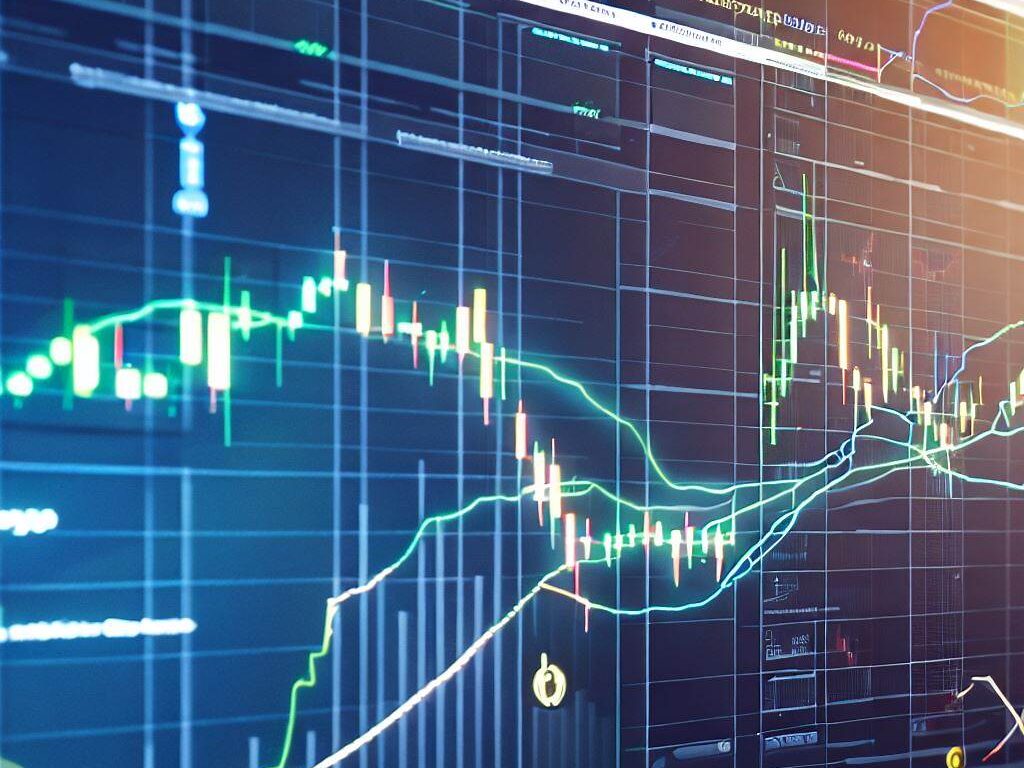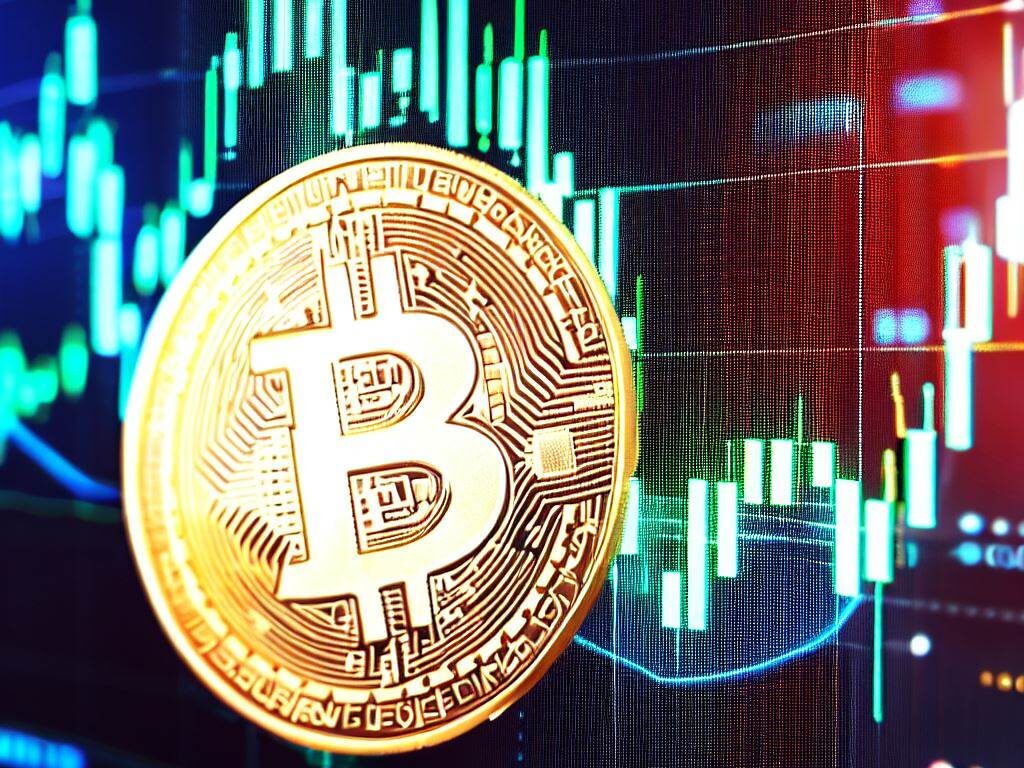If you have interest in trading cryptocurrency you might have come across the concept of crypto futures trading. Crypto futures are contract that allows you to buy or sell a specific amount of cryptocurrency at predetermined price and future timeframe. Engaging in crypto futures trading for beginners allows you to hedge against risk speculate on price fluctuations and access a wider range of trading prospects. In this blog post we will elucidate the nature of crypto futures, operational mechanics and the key aspects to grasp before commencing your trading journey.
What is Trading Crypto Futures?
Crypto futures encompass derivative contracts that derive their value from an underlying asset namely cryptocurrency. Futures contracts represent an agreement between two parties to exchange a specified amount of cryptocurrency at predetermined price and date in the future. For instance, if you acquire Bitcoin futures contract at $40,000 with an expiration date of June 30th 2023 you commit to purchasing one Bitcoin for $40,000 on the specified date irrespective of the prevailing market price.

The primary objective of crypto futures revolves around risk mitigation and speculation on the future price of a cryptocurrency. Suppose you possess some Bitcoin and anticipate a future price decline, In that case you can sell a Bitcoin futures contract to safeguard your profits and evade potential losses. Conversely, if you expect the price to surge, purchasing a Bitcoin futures contract allows you to benefit from the price upswing.
How Does Crypto Futures Trading Work?
Crypto futures trading share similarities with conventional futures trading albeit focusing on cryptocurrencies instead of commodities or currencies. To engage in crypto futures trading you must identify platform or exchange that offers such services such as Binance Futures, kucoin etc. Additionally, you need to possess sufficient funds in your account to establish and sustain your positions.
When trading crypto futures you can select between two contract types long or short. A long contract denotes purchasing the crypto futures contract with the expectation that the price of the underlying asset will appreciate. Conversely, short contract implies selling the crypto futures contract with the anticipation of a decline in the price of the underlying asset.

To initiate a position, you are required to provide margin which constitutes a percentage of the overall contract value. The margin functions as collateral, ensuring your ability to fulfill obligations in the event of adverse market movements. Moreover the margin determines your leverage which represents the ratio between your position size and margin. For example if your account hold $1,000 and you open $10,000 bitcoin futures contract with 10x leverage, your margin amount to $1,000 while your leverage equals 10x.
Closing a position necessitates either purchasing or selling the opposing contract or waiting until the expiration date. Upon closing position you will either make profit or loss depends on the disparity between the opening and closing prices of the contract. Example if you buy bitcoin futures contract at price of $40,000 and sell at $45,000 then you will generate $5000 profit. Similarly selling at $35,000 will result in loss of $5000.
What are the Benefits of Crypto Futures Trading for Beginners?
Crypto futures trading provide numerous advantages for traders aiming to gain exposure to cryptocurrencies without actual ownership. Some of these advantages include –
Benefit from both bullish and bearish markets – Crypto futures enable traders to profit from both rising and falling cryptocurrency prices by adopting long or short positions accordingly.
Mitigate risks – Crypto futures empower traders to hedge against adverse price movements of their existing crypto holdings or future obligations by assuming opposing positions in the futures market.
Leverage your positions – Crypto futures enable traders to leverage their positions by utilizing margin and borrowing funds from the exchange or platform. This allows traders to amplify their returns with reduced capital.
Access enhanced liquidity – Crypto futures offer heightened liquidity compared to spot markets due to their ability to attract diverse participants from various backgrounds and regions, engaged in trading across different time frames and strategies.
Diversify your portfolio – Crypto futures enable traders to diversify their portfolio by engaging in trading activities involving distinct cryptocurrencies, each possessing unique characteristics and correlations.
What are the Risks Associated with Crypto Futures Trading?
Crypto futures trading entails certain risk that traders must be aware of and manage effectively. Some of these risks include –

Market volatility – Crypto markets are notorious for their volatility and unpredictability, leading to significant price fluctuations and sudden reversals. Traders must vigilantly monitor their positions and employ appropriate risk management techniques, such as stop-loss orders and limit orders.
Leverage risk – Leveraging has the potential to amplify both profits and losses, presenting opportunities for substantial rewards as well as elevated risks. Traders should exercise responsible leverage usage, adjusting it based on their risk tolerance and prevailing market conditions.
Liquidation risk – Liquidation occurs when a trader’s margin falls below a certain level due to unfavorable price movements. In such instances, the exchange or platform will automatically close the trader’s position at a loss to mitigate further losses. Traders must maintain sufficient margin levels consistently and avoid excessive leverage.
Funding rate risk – The funding rate serves as a mechanism to ensure that the perpetual futures price remains close to the spot price, involving periodic payments between longs and shorts. The funding rate can be positive or negative, depending on whether longs or shorts make the payments. Traders should consider the costs associated with the funding rate in their trading strategies and profit calculations.
Counterparty risk – Counterparty risk refer to the potential of one party failing to fulfill its obligations under contract due to default or insolvency. While many crypto exchanges or platforms implement measures to mitigate this risk, such as insurance funds and liquidation engines, some residual risk remains present.




